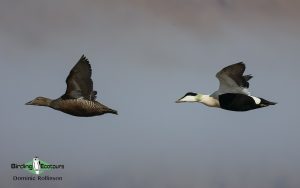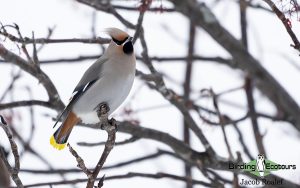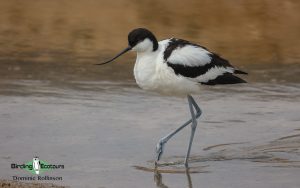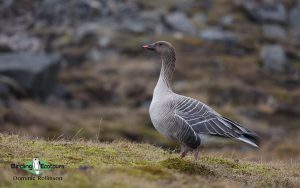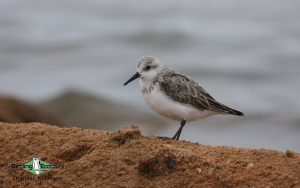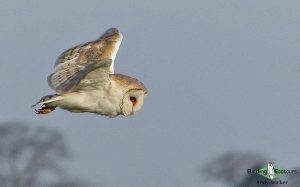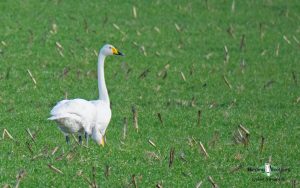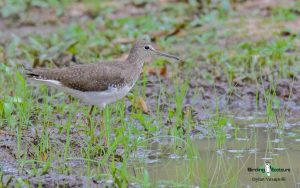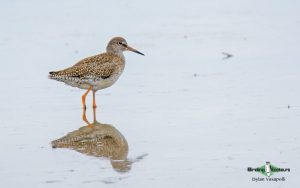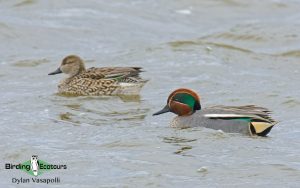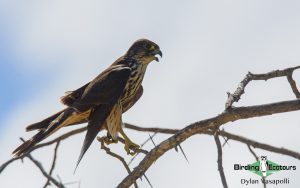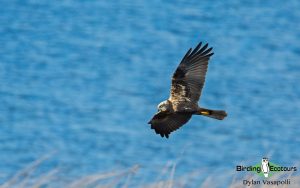1-day Norfolk Winter Birding Tour - Birding the Norfolk Broads
Go to: Norfolk Day Tours | Suffolk Day Tours | Cornwall Day Tours | Full length UK birding tours | Birding Tours in Europe | All our birding tours
1-day Norfolk Winter Birding Tour – Birding the Norfolk Broads
Our 1-day winter tour will take in the wild and remote Norfolk Broads where we will witness one of the highlights of winter birding in East Norfolk and connect with many of the special birds that make this part of the United Kingdom their home during the winter months. We will begin our tour at 9am and finish the day around dusk (times will vary slightly through the winter period). The Norfolk Broads are a popular area (the “broads” are an incredibly important wetland habitat) and are often busy with birders and other tourists gravitating to several well-known sites. We will see a similar set of species to those possible at these well-known sites but will hopefully enjoy our birds with less people around.
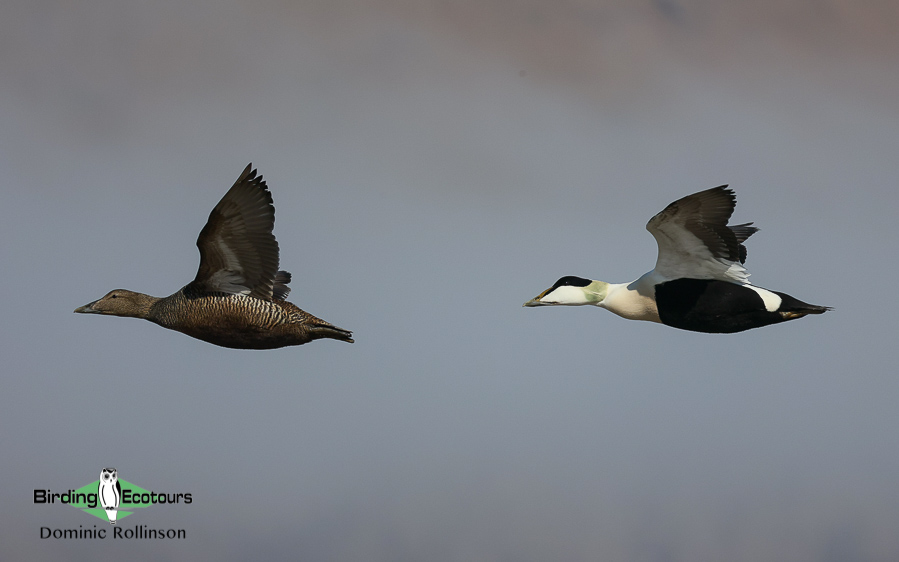
We will meet at Horsey Gap car park at 9am and we will spend the first couple of hours of the day here. From this point we will explore the extensive dune system where we will come across species such as European Goldfinch, Common Linnet, Redwing, Fieldfare, Common Reed Bunting, Cetti’s Warbler, Red-legged Partridge, Meadow Pipit, and European Stonechat. We will keep our eyes open for birds of prey and owls with Common Kestrel, Western Marsh Harrier, Peregrine Falcon, Merlin, Hen Harrier, Western Barn Owl, and Short-eared Owl all possible, as they hunt around the dunes. We may even get lucky and stumble upon a Rough-legged Buzzard which is an infrequent visitor here in winter.
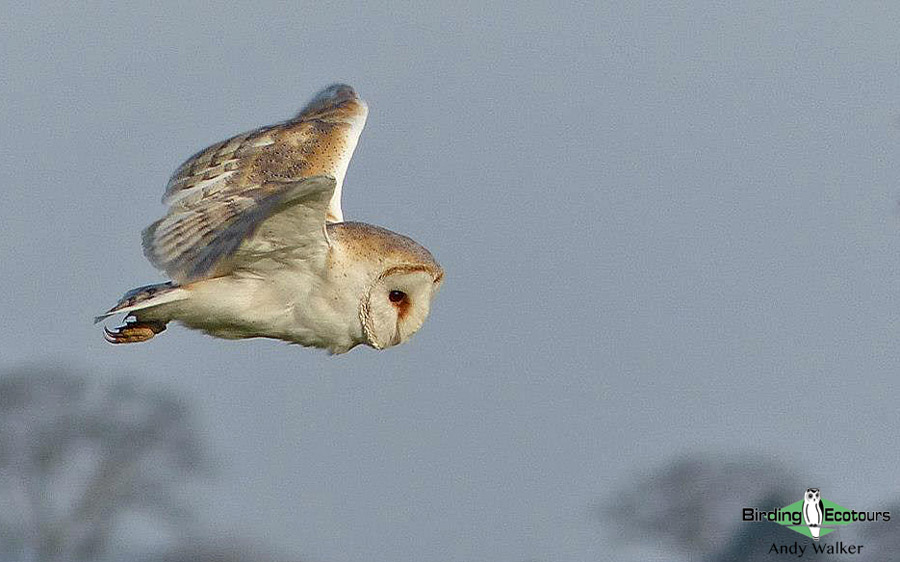
We will then move to our major non-avian highlight of the day, as we visit a well-positioned watchpoint overlooking a vast Grey Seal colony. It is here that female seals come ashore to give birth and the watchpoint allows for excellent views of this amazing event, without disturbing the seals. From just 50-100 pups per year in the 1990s, the colony now sees over 2,000 pups born in an average season, a fantastic conservation success story.
We will take advantage of the raised position afforded here to scan the beach and sea for more avian highlights. The beach can hold large numbers of gulls and rarer species, such as Glaucous Gull and Iceland Gull, can sometimes be found amongst the masses of Black-headed Gulls, European Herring Gulls, and Mew (Common) Gulls. The beach is also home to shorebirds (waders) and species such as Eurasian Curlew, Eurasian Oystercatcher, Grey Plover, Black-tailed Godwit, Ruddy Turnstone, Sanderling, Dunlin, and Red Knot can all be found here. The rarer Purple Sandpiper has also been a regular species here in winter and we may come across this scarce and localized species during our visit. A scan of the sea here should also reveal Great Cormorant, Northern Gannet, Common Eider, and Red-throated Loon (Red-throated Diver) as well as the possibility of rarer species such as Black-throated Loon (Black-throated Diver), Common Merganser (Goosander), and Red-necked Grebe.
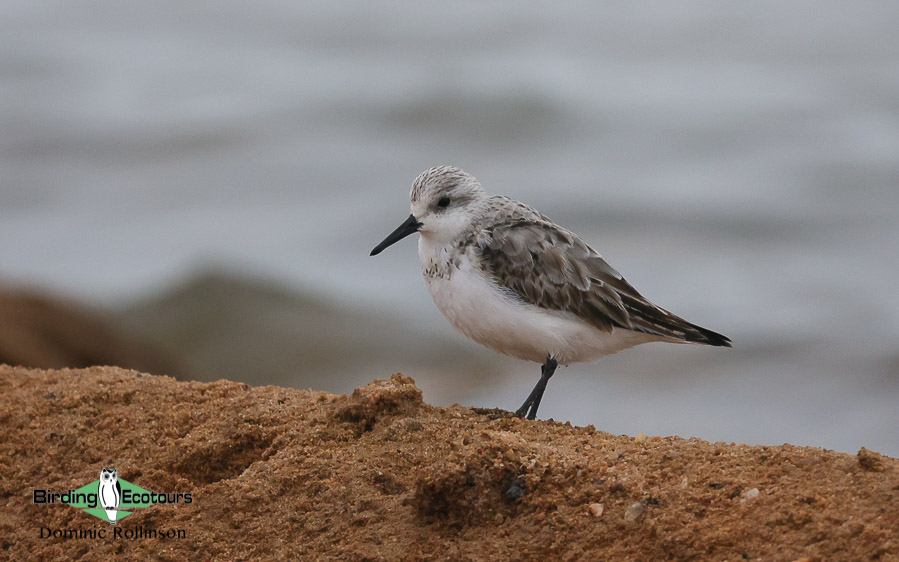
From here we will slowly make our way back to the car park. We will visit a nearby tearoom for a toilet break and to warm up from the winter air (Covid restrictions allowing). Once refreshed we will continue with our day tour.
Our next stop is the marshlands of Potter Heigham. This site has become a real gem in Norfolk and is worth a visit throughout the year. We will scan for wading birds (shorebirds) with species such as Northern Lapwing, Dunlin, Eurasian Curlew, European Golden Plover, Common Snipe, Common Redshank, Green Sandpiper, and Eurasian Oystercatcher often all present during the winter season. Jack Snipe, Black-tailed Godwit, or even Ruff or Pied Avocet in the late-winter could add even more variety.
The hedgerows and reedbeds around our walk can hold species such as Redwing, Fieldfare, Common Reed Bunting, Cetti’s Warbler, Bearded Reedling (Bearded Tit), and European Stonechat, while the wetland itself is a great wintering spot for the scarce Water Pipit, always a sought-after species.
Geese and ducks use the site in winter with Pink-footed Goose, Common Shelduck, Eurasian Wigeon, Eurasian Teal, and Mallard making up most of the numbers. However, we will also stand a chance of Greater White-fronted Goose, Gadwall, Northern Pintail, and Tufted Duck. Birds of prey such as Western Marsh Harrier and Common Kestrel should be present throughout our visit and we may locate a Western Barn Owl as the day progresses. The site can also be a great spot to see, or hear, one of the Norfolk Broad’s most iconic species, Common Crane. However, these are not guaranteed at this spot and that is why we will end the day at Stubbs Mill where we have a far higher chance of seeing this elegant and beautiful species.
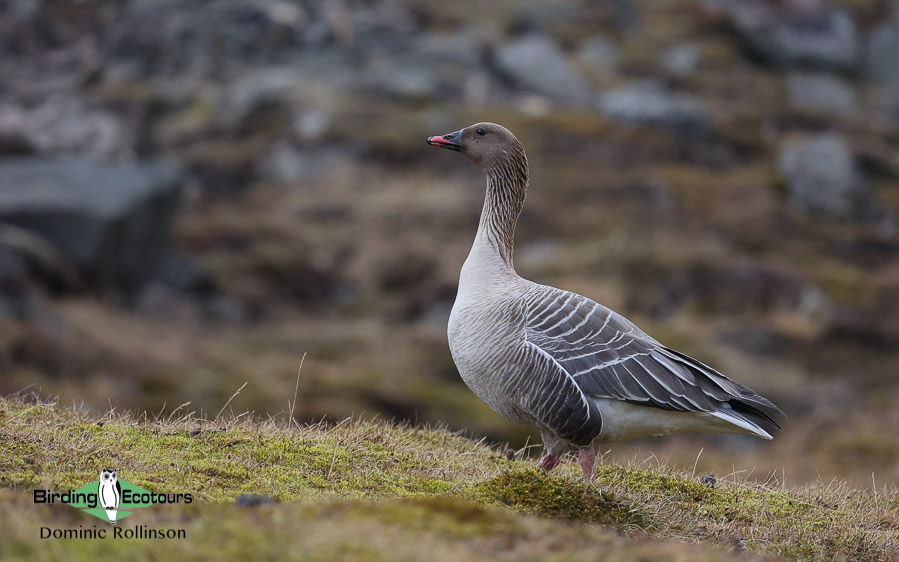
Our final stop of the day is the winter raptor and crane roost at Stubbs Mill. The short walk to the site will likely contain many of the species we have seen throughout the day, but it is the final destination that holds arguably our biggest prize. Looking out across the marshes, we will scan for birds of prey and cranes that come to roost in this remote and quiet part of the broads. Western Marsh Harriers are by far the most abundant bird of prey here, and we stand a chance of scarcer species such as Hen Harrier, Merlin, and Peregrine Falcon. The true highlight will be the arrival of the Common Cranes with their bugling sound filling the cold air as the sun sets. A truly special way to end a day in the Norfolk Broads. From here we make our way back to the car park where we will end our enjoyable day tour.
Winter in the Norfolk Broads can also offer up some real surprises. During our tour we will keep our eyes peeled for scarce species such as Tundra Bean Goose, Bohemian Waxwing, Great Grey Shrike, Lapland Longspur (Bunting), Little Gull, Greater Scaup, and Whooper Swan, any of which will provide a nice bonus on an already highlight-filled day’s birding.
During the course of this birding day tour, we will see many birds common from this part of Norfolk, and the UK in general (as well as lots of localized and scarce birds). We have put three blog posts together on the common garden birds, farmland and woodland birds, and wetland and coastal birds of the UK, which we think you might find interesting to look over ahead of joining this birding trip, because many of these species will be present during our birding day.
Please note that the itinerary cannot be guaranteed as it is only a rough guide and can be changed (usually slightly) due to factors such as availability of accommodation, updated information on the state of accommodation, roads, or birding sites, the discretion of the guides and other factors.
Download Itinerary